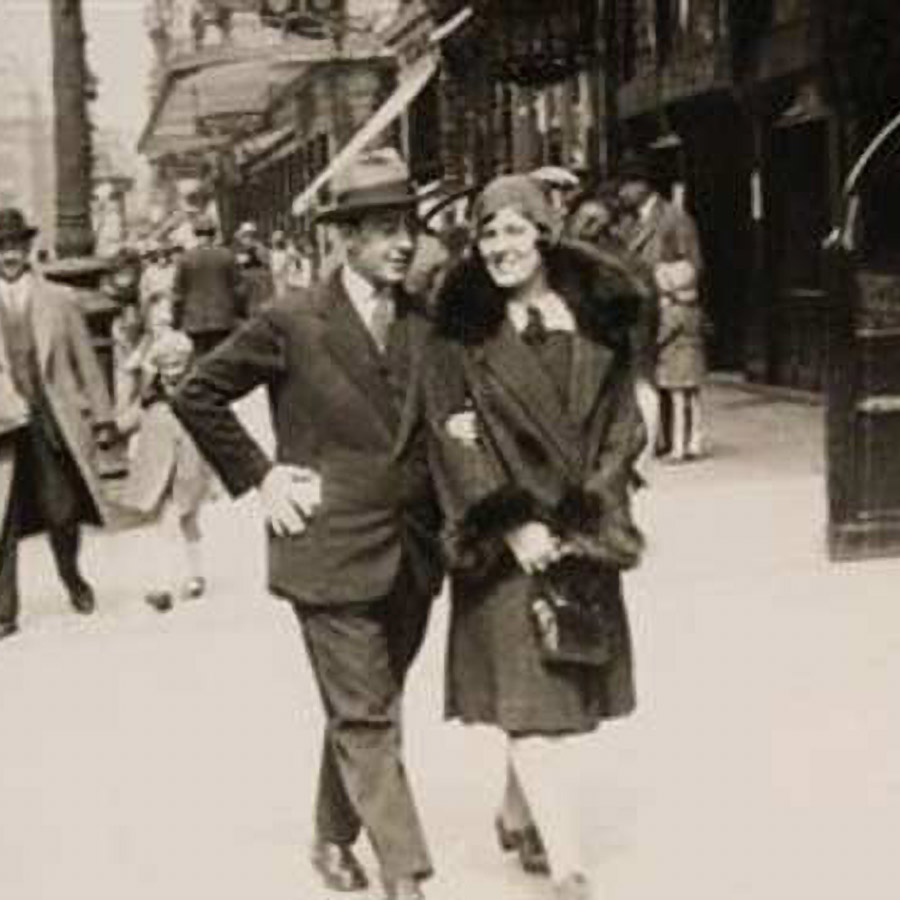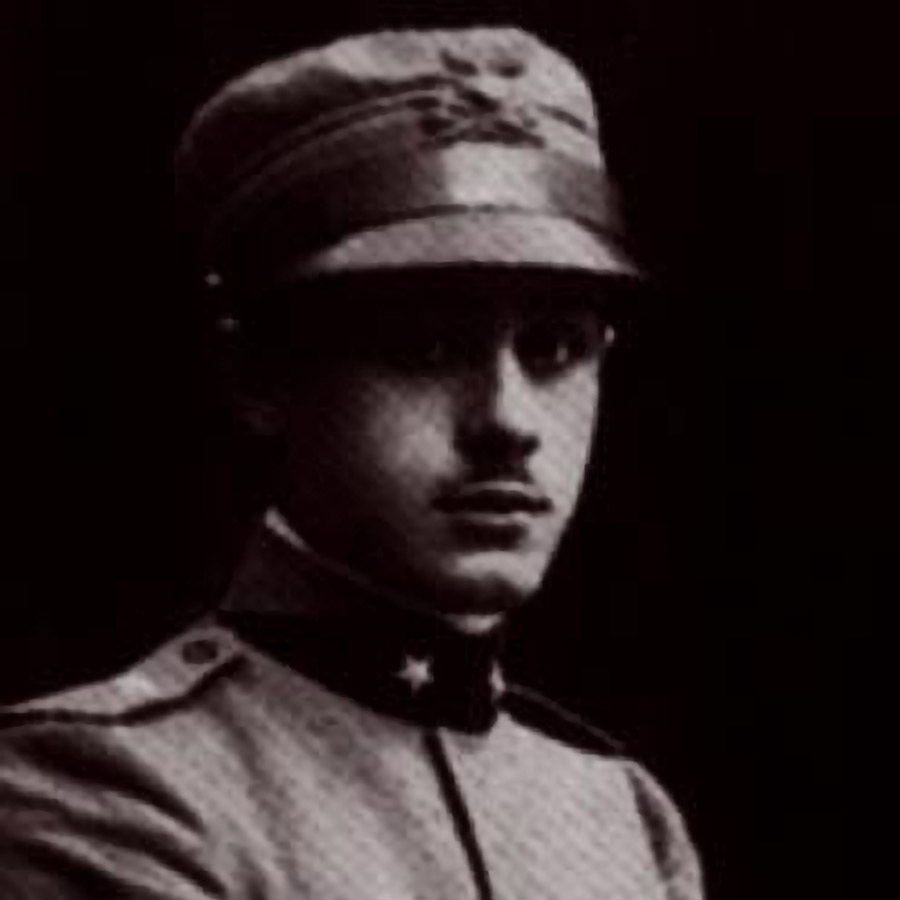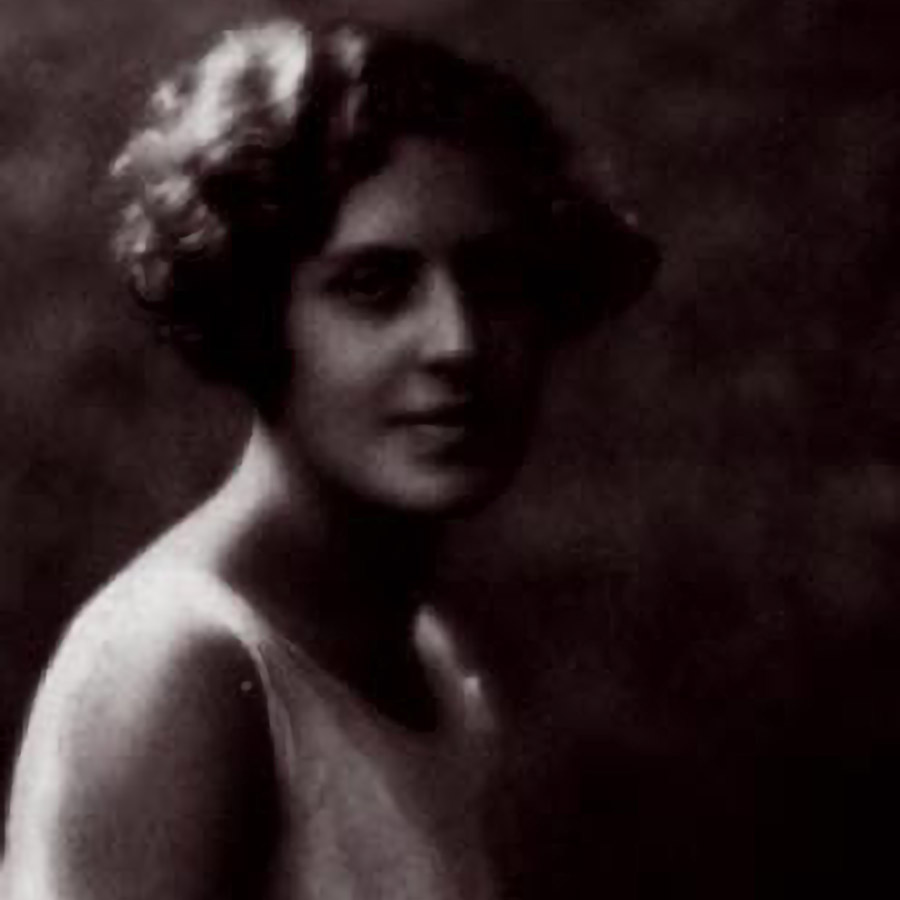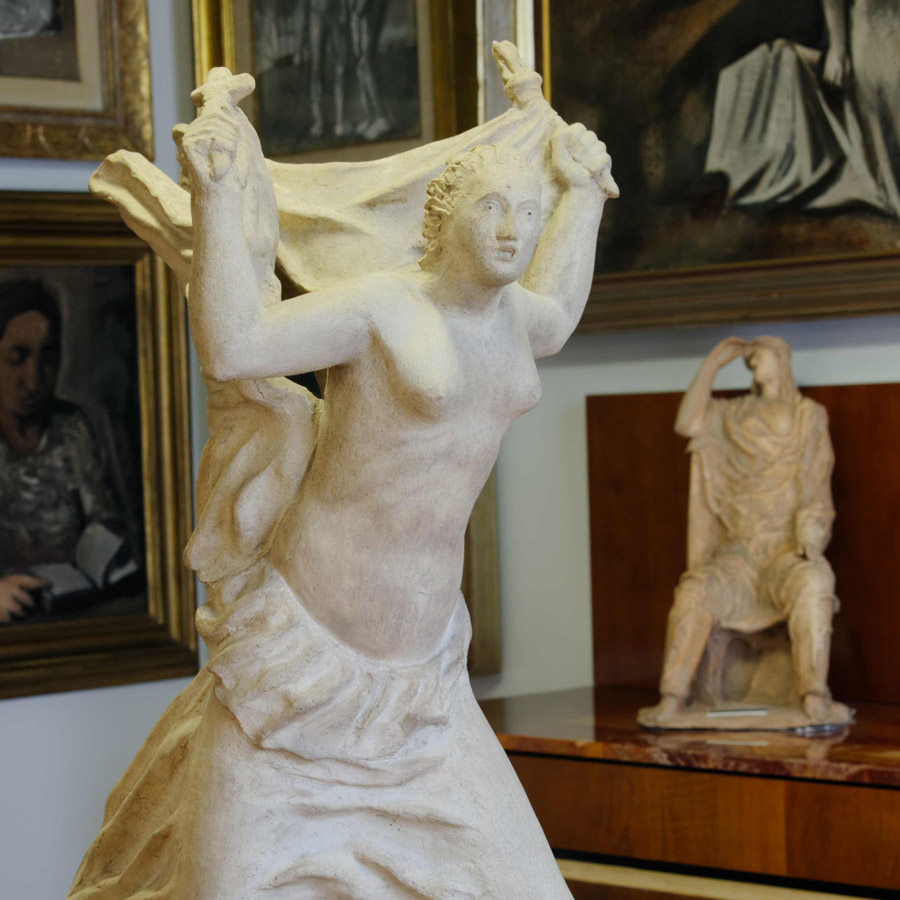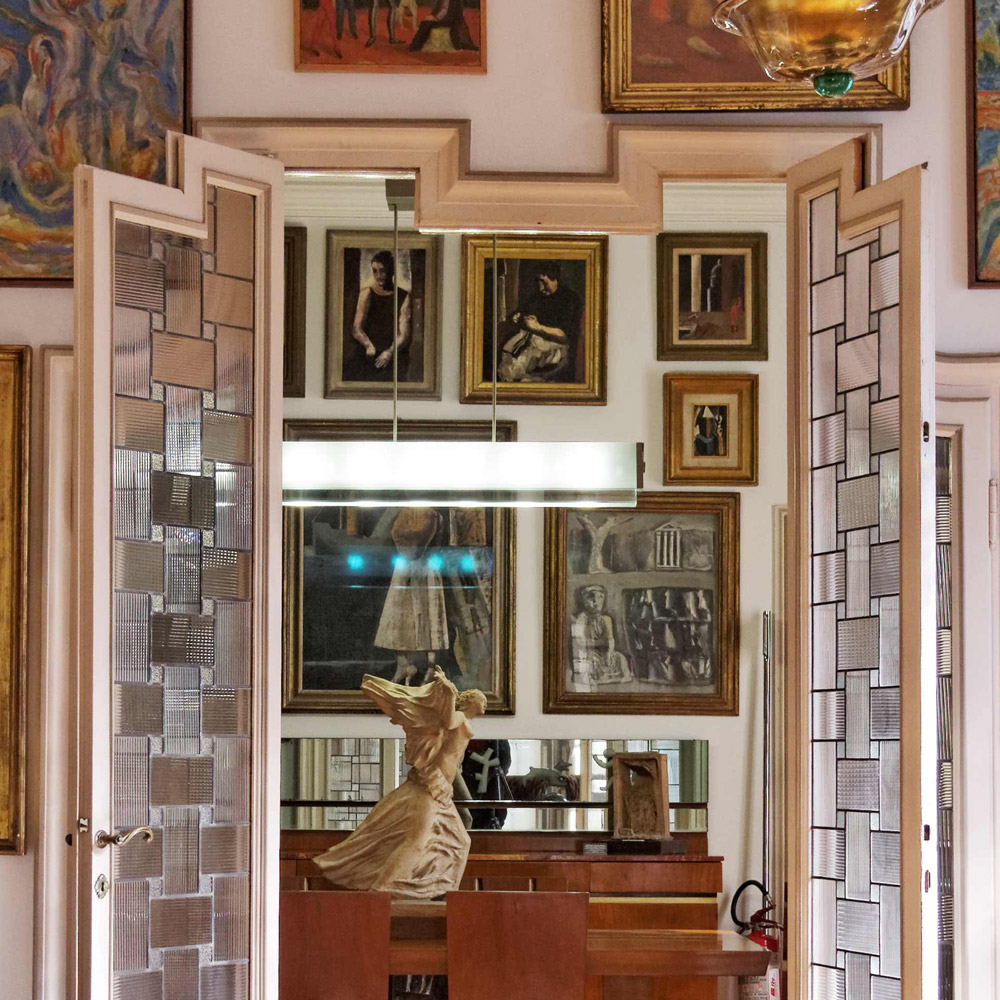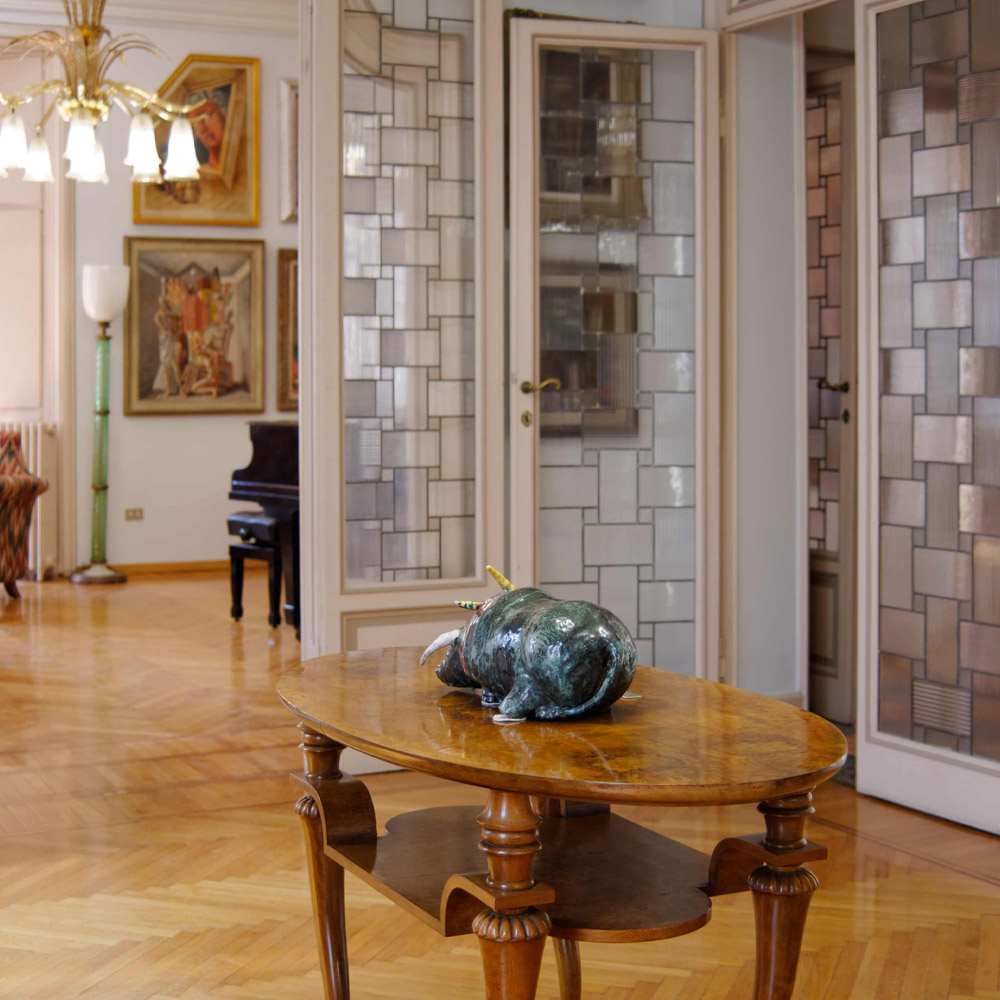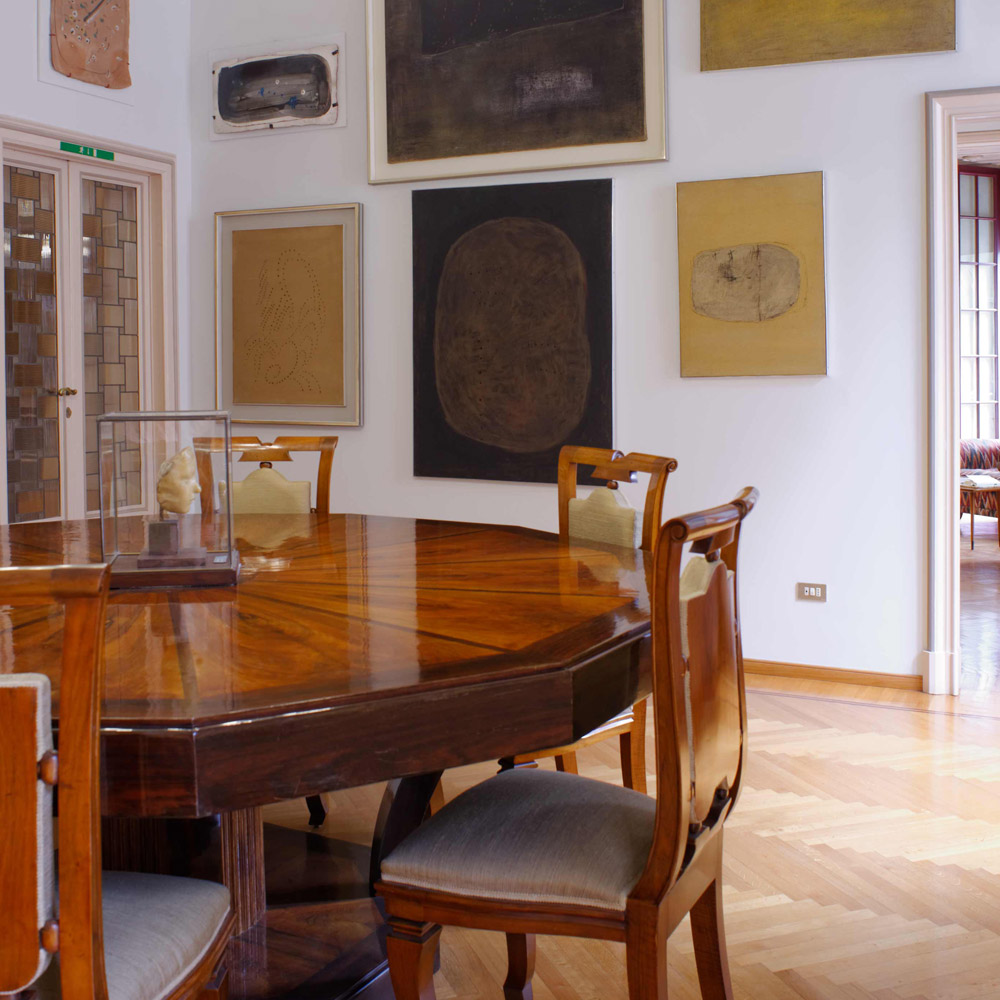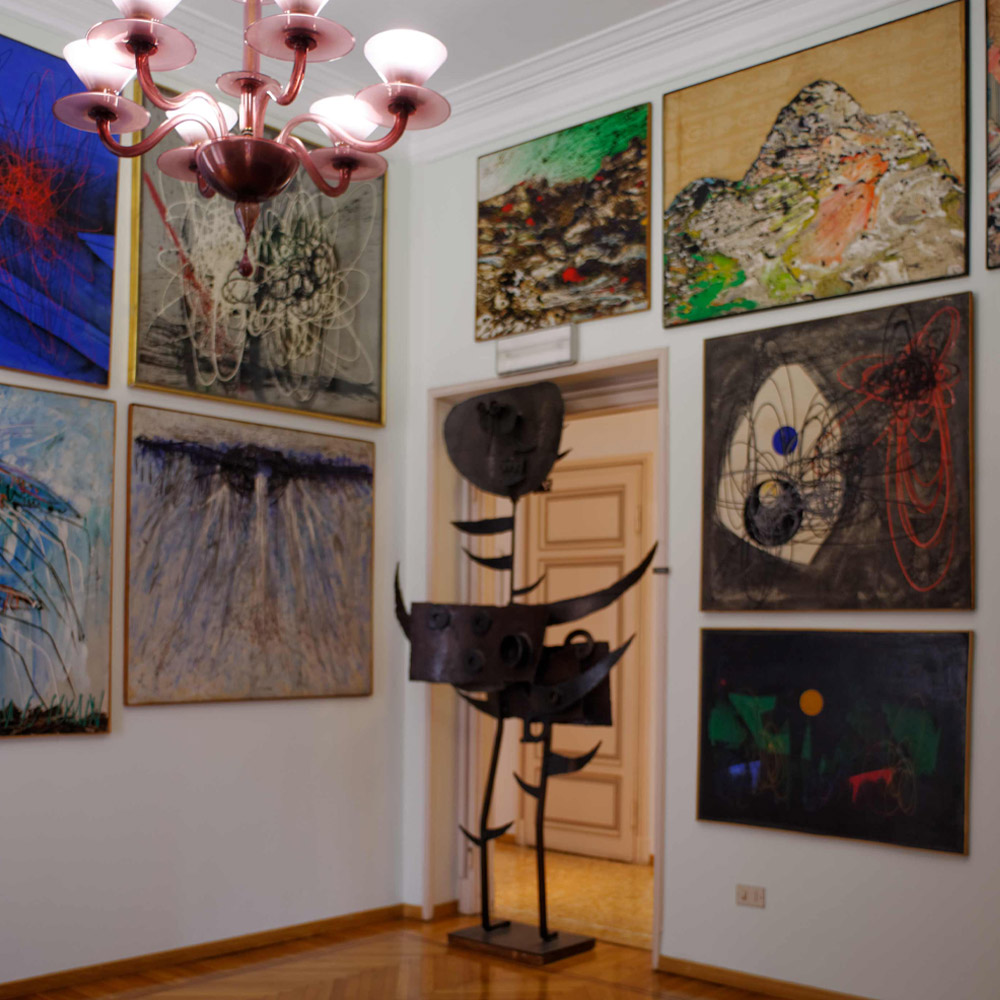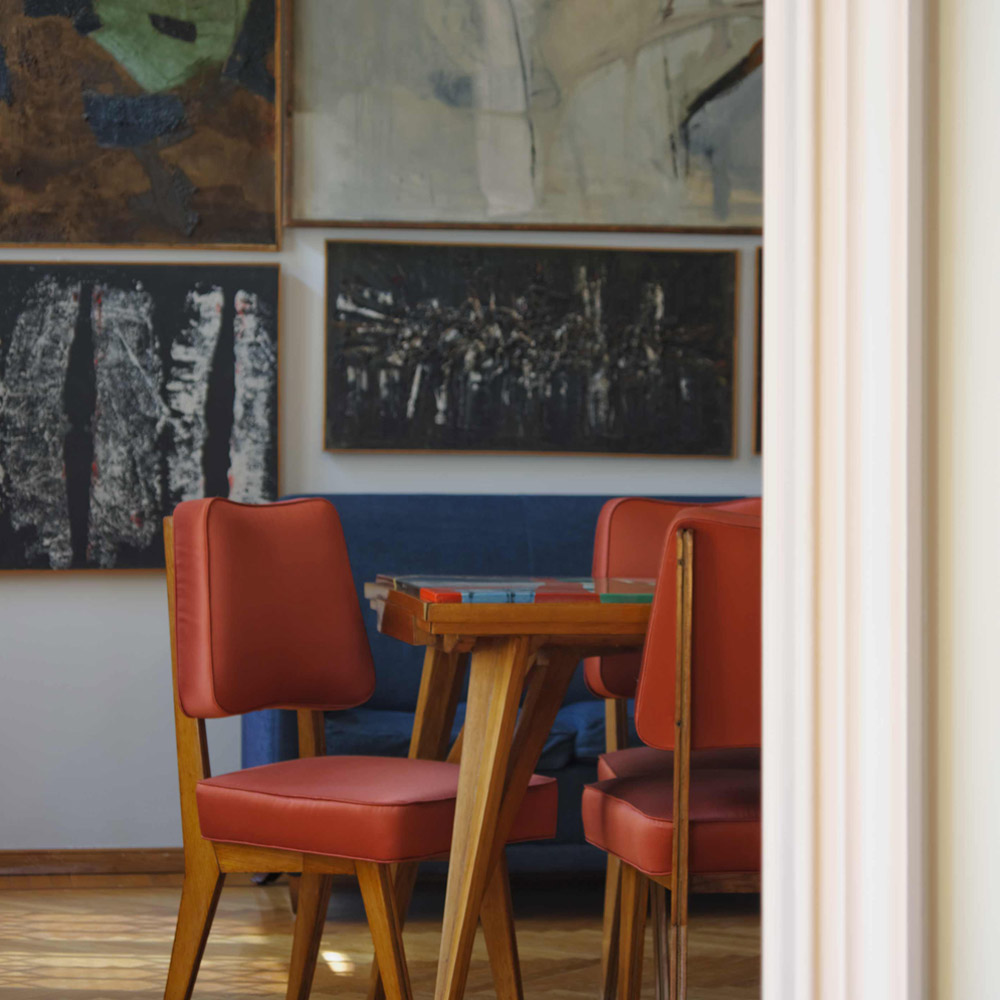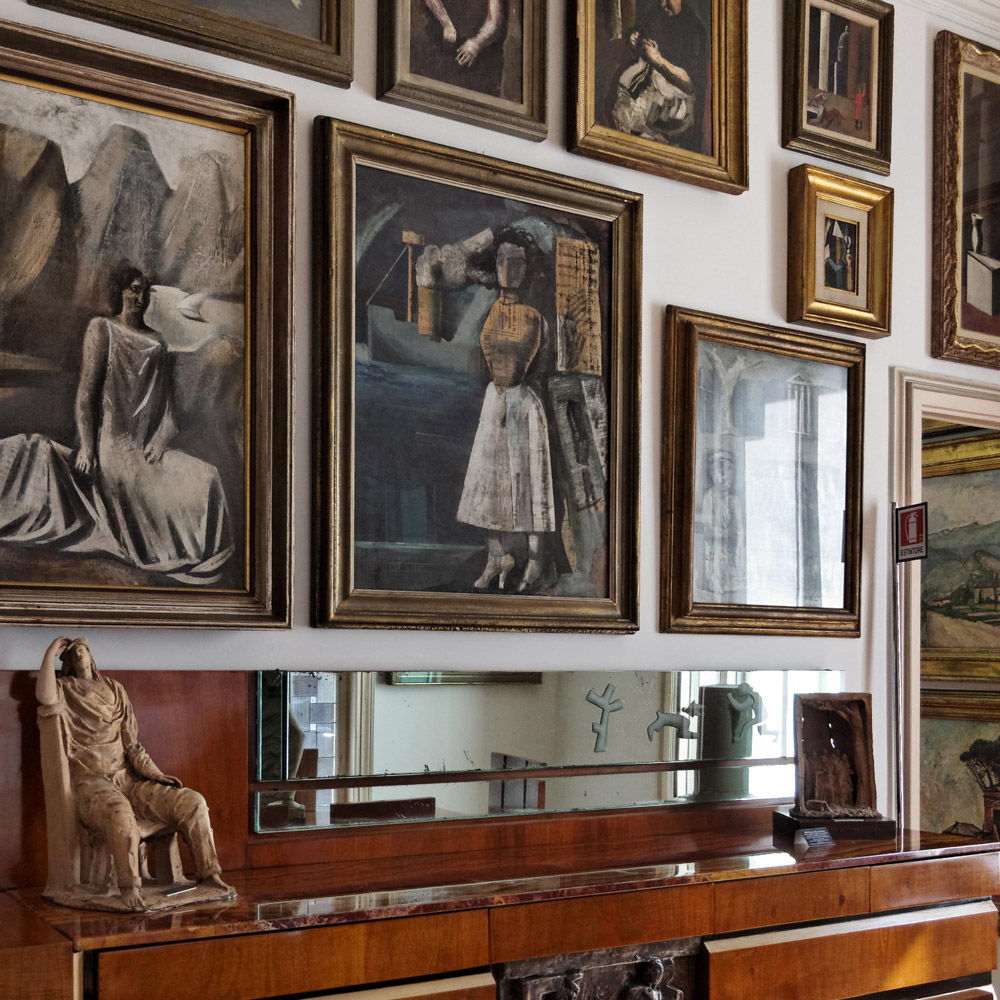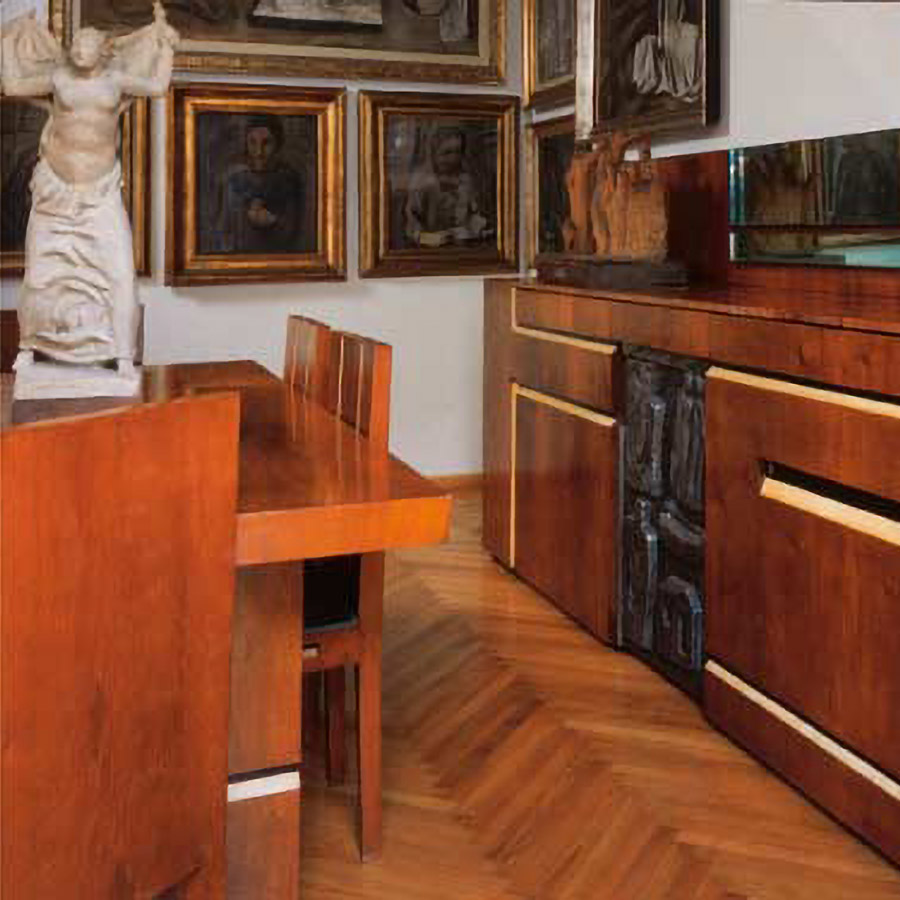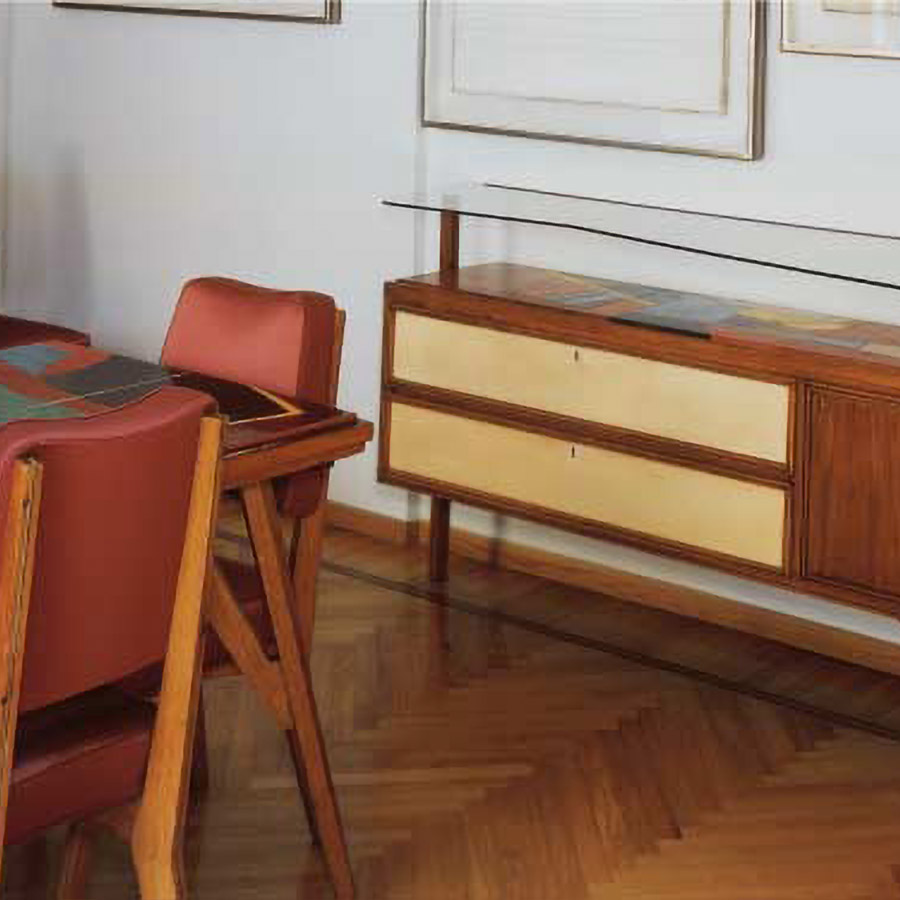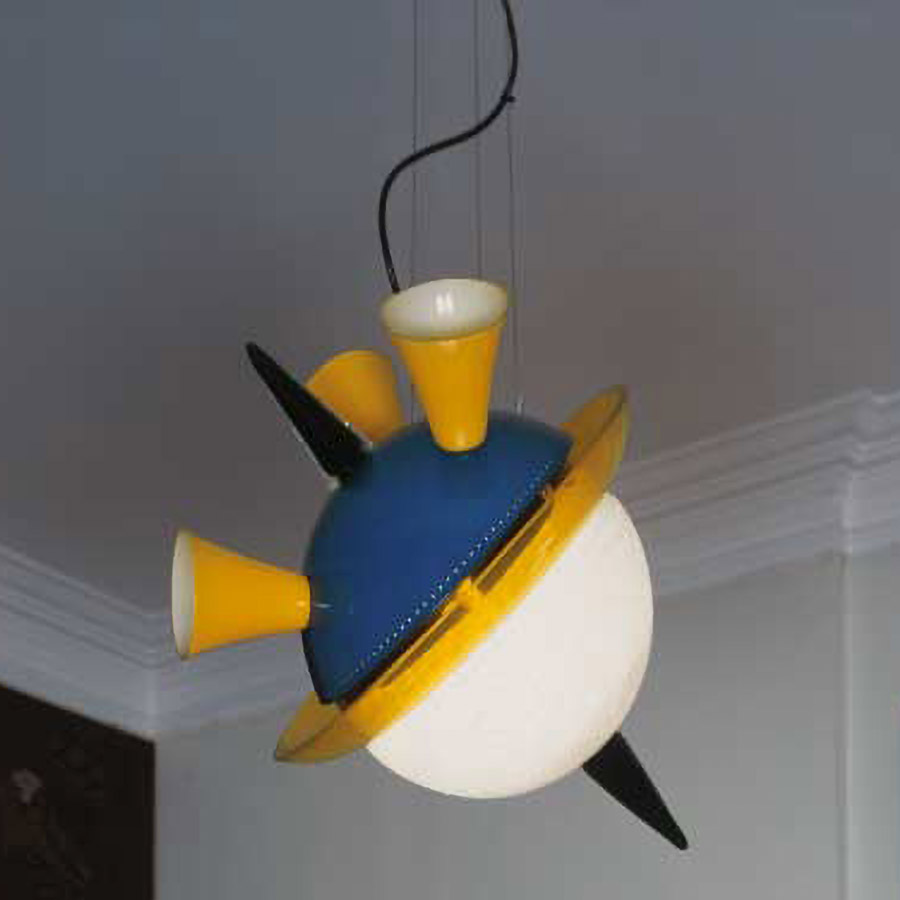Information
Casa Museo Boschi Di Stefano
via Giorgio Jan 15, Milano
Phone: +39 02 88 46 47 48 (Tuesday – Sunday, 10 am – 5:30 pm)
Opening hours
10:00 am 5:30 pm from Tuesday to Sunday
(last entry 5:00 pm)
closed on 1st January | 1st May | 25th December
Admittance free of charge
Booking is recommended, but not mandatory, via the Vivaticket website
Groups of up to 20 people can access the Museum.
Larger groups will be asked to divide themselves along the exhibition path.
How to find us
MM1 Lima, Tram 33, Bus 60
Casa Museo
Since February 5th, 2003, Casa Museo Boschi Di Stefano
has been open to the public at via Giorgio Jan n. 15. It displays – within the rooms inhabited by the spouses Antonio Boschi (1896-1988) and Marieda Di Stefano (1901-1968) during their lives – a selection of approximately three hundred of their over two thousand works, donated to the Municipality of Milan in 1974.
The collection represents an extraordinary testament to the history of 20th-century Italian art – comprising paintings, sculptures, and drawings – from the first decade of the 1900s to the late 1960s.
Casa Museo Boschi Di Stefano is located in a building constructed in the early 1930s by architect Piero Portaluppi. The spaces, restored by the Municipality of Milan, were set up and furnished by the Fondazione Boschi Di Stefano, established in 1998.
In the eleven exhibition spaces, the works have been arranged following a criterion of chronological succession and qualitative selection curated by Maria Teresa Fiorio, former Director of the Civic Art Collections of Milan, with furnishings chosen for their historical consonance, such as the dining room designed by Mario Sironi in 1936.
For more in-depth information, please visit the website:
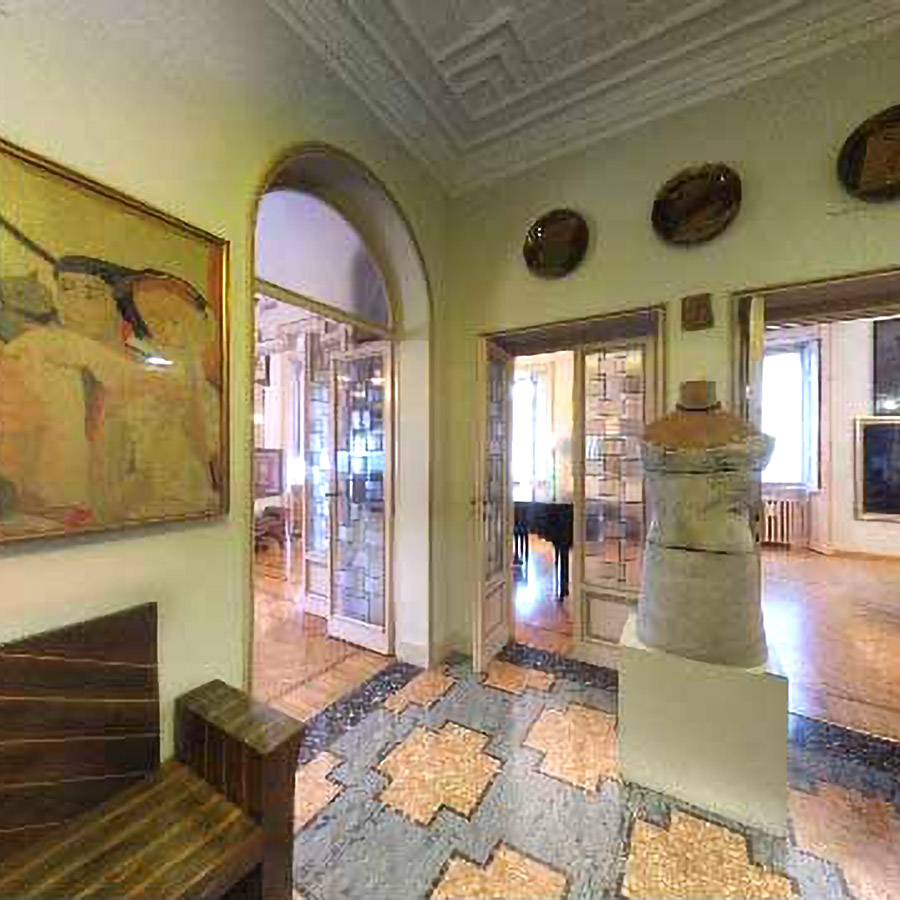
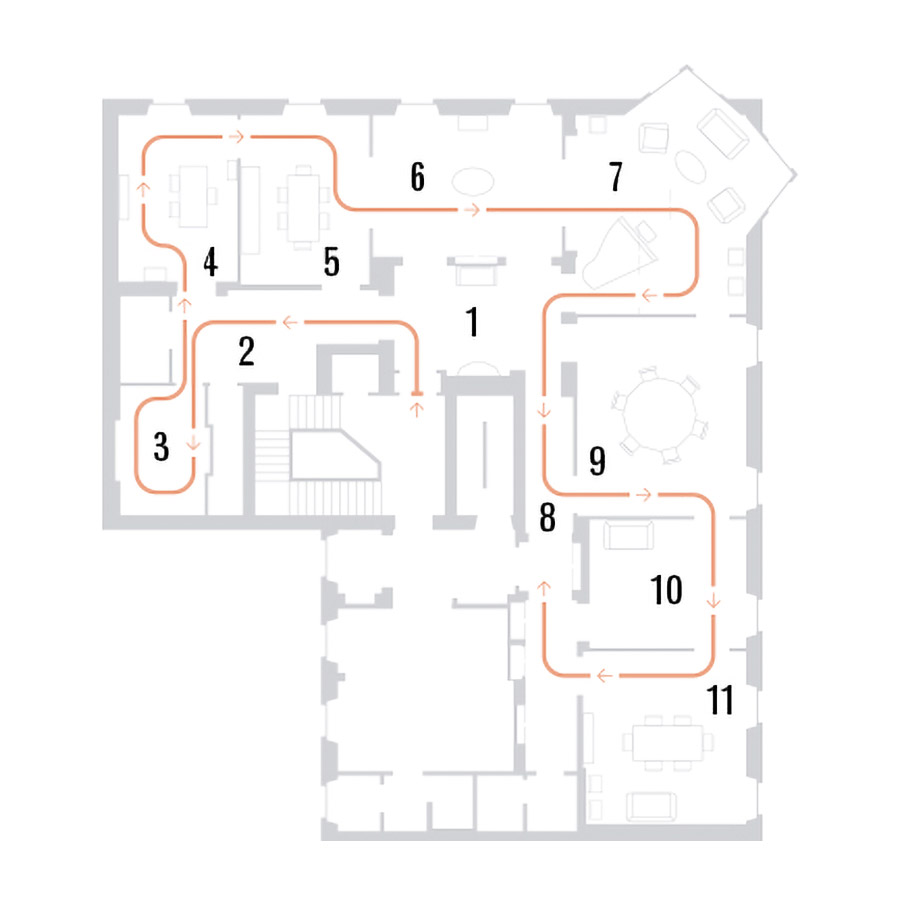
The collectors
The marital life of Antonio Boschi and Marieda Di Stefano began in 1927
They had met the previous year while on holiday in Val Sesia, and they had immediately decided to marry, but the social conventions of the time required an engagement period. Born in 1896, he was a young engineer from Novara, recently hired by Pirelli, where he would have a brilliant career, highlighted by numerous important patents, including, above all, the GIUBO (Boschi Joint). His past included a position as an airship pilot during World War I, two years of experience in the railway sector in Budapest immediately after graduating, and a great passion for music, particularly the violin.
Marieda, born in Milan in 1901, grew up in a family with a passion for art; her father Francesco was a collector of works, especially from the 20th century “Sarfattiano” period. Attracted by the material and chromatic possibilities offered by ceramics, Marieda took lessons in the studio of the sculptor Luigi Amigoni after her formal studies. Over the years, she would exhibit, with recognition, in many exhibitions, both national and international. The ceramics school bearing her name was founded in 1962, located in the same building at via Jan 15 and directed until 2011 by Migno Amigoni, the master’s daughter and Marieda’s personal friend since the 1930s.
As Boschi himself stated, the collection rightfully bears the names of both spouses: “it is not a tribute to the memory of my partner” – who died in 1968 – “but corresponds to reality. It is a joint work in every sense: materially, with the implications of decisions, implementation, financial sacrifices, and consequent renunciations in other areas; and artistically, as a harmony of tastes, approaches, and choices.” A strong civic and social sense would lead Antonio Boschi to arrange a first donation to the Municipality of Milan, which took place in 1974. This was followed by a second donation upon his death in 1988, which included his latest solo purchases, most of which were made through the Galleria delle Ore.
The exhibited works
Approximately three hundred of the over two thousand works
collected by Antonio and Marieda Boschi Di Stefano are brought together in the eleven exhibition spaces of Casa Museo Boschi Di Stefano, distributed according to a criterion of chronological succession and qualitative selection curated by Maria Teresa Fiorio, former Director of the Civic Art Collections of Milan.
At the entrance, visitors will find portraits dedicated to the Boschi couple and Marieda’s own ceramics. Then, through a corridor with paintings by Severini and Boccioni, they reach the “Italian Novecento room” with works by Funi, Marussig, Tozzi, Carrà, and Casorati. The “Sironi Room,” entirely dedicated to the artist, features sculptures by Arturo Martini. The next room includes the Corrente Group, seven Morandi works, and six De Pisis works.
The Chiaristi are gathered in a small corridor, while continuing the visit, visitors reach the “Italiens de Paris” room with works by Campigli, Paresce, Savinio (including L’Annunciazione, 1932), and de Chirico (including La scuola dei gladiatori, 1928). The “Fontana Room” offers a precious collection of twenty works, while the last two rooms are reserved for Picasso-inspired post-Cubists, Spatialists, Nuclear artists, and Informal painters, including Piero Manzoni with his celebrated Achrome.
The furnishings
Among Antonio Boschi's testamentary wishes,
it was stipulated that the apartment at via Jan 15, where he and Marieda had long lived, should be opened to the public as a house-museum, hosting a selection of the works they had collected.
For reasons of security and conservation, it was not possible to maintain the original integrity of what Ornella Selvafolta describes as “an inhabited museum” where “the spaces, the setup, the furnishings appear almost ‘’subjugated’ to the reasons of art.” Therefore, only a few original pieces of furniture were recovered – including a small table designed by Piero Portaluppi and the Bechstein piano. Thus, Fondazione Boschi Di Stefano proceeded to acquire the necessary additions, making choices consistent with both the era of the building and the exhibited works.
In the former guest room, for example, there is now a complete study set produced by the Ducrot company of Palermo around 1930, while the monographic room dedicated to Mario Sironi features a dining room designed by the same artist and presented in 1936 at the VI Triennale di Milano.
Also noteworthy are the dining room furniture designed by Gino Levi Montalcini in 1949-50 and the “Agena” chandelier, from the Galassia collection, conceived by Alessandro Mendini and created by Venini in 1993, installed in the former bedroom of the Boschi couple.
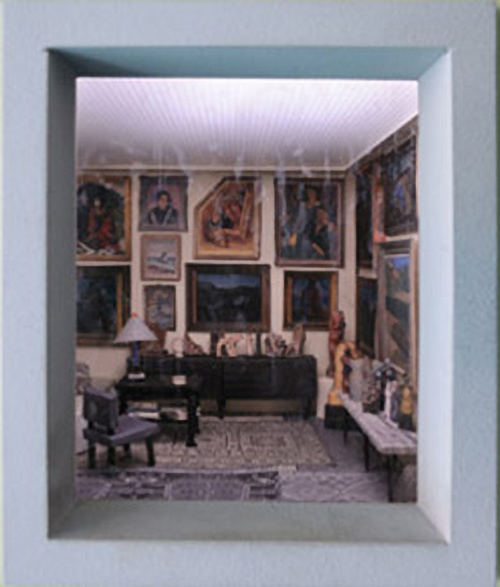
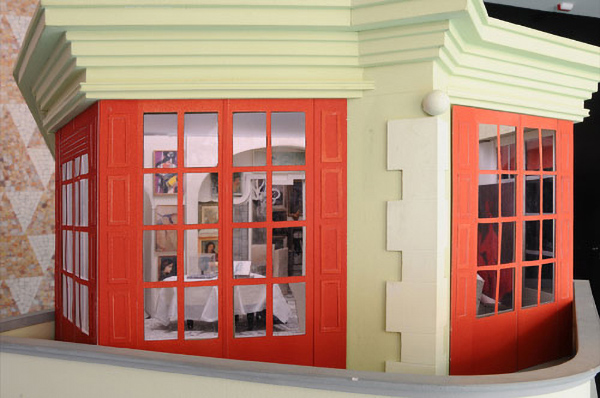

The Museum of the Twentieth Century
Other works belonging to the Boschi Di Stefano Collection are displayed
In the Museum of the Twentieth Century, which opened in 2010. Also a model of a part of the home is on display in a small room near the entrance to the museum. The interior of the room is by Alessandro and Francesco Mendini’s Atelier with details based on the communal parts of the home at 15 via Jan, designed by Piero Portaluppi (including a replica of the lamp in the hallway). Details of the original apartment of the collectors, on the other hand, have been reconstructed (by Clara Rota) inside the model.
The room also contains a screen which gives information on other places in Milan where Twentieth Century Italian paintings and architecture can be seen.

